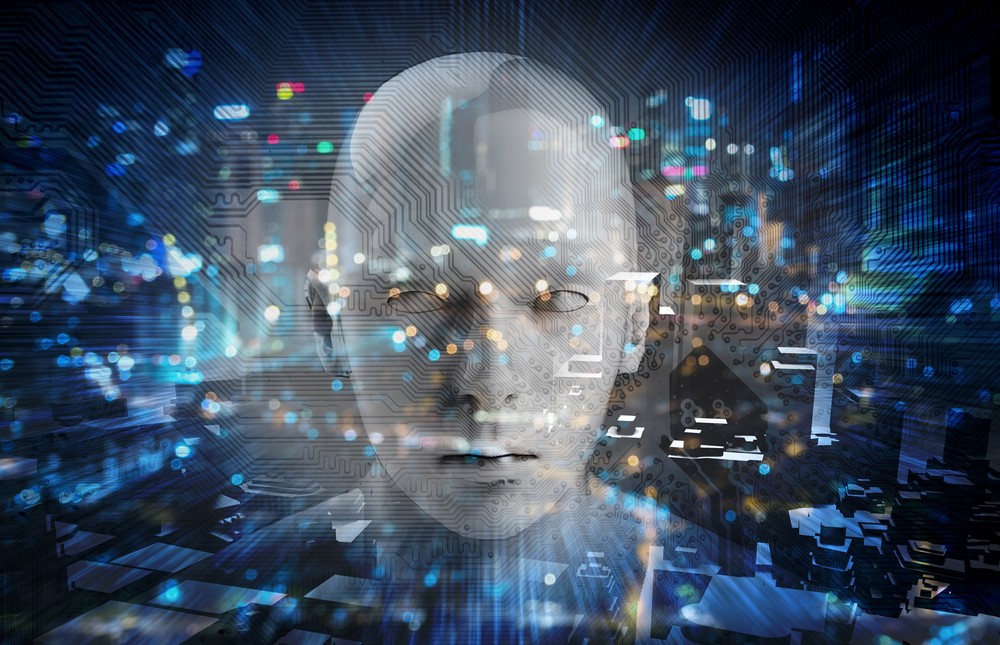In fact, according to a new survey from the British Council for Offices, the majority of employees now expect organisations to adopt a flexible approach that allows a mixture of remote and onsite working, even when there is no longer a need for social distancing. IT is responsible for making the process of shifting to long-term flexible working as seamless and efficient as possible while helping employees adapt to the new normal and continue to work productively. On top of this, remote working has led to a huge increase in the number of endpoints and IoT devices, which in turn, has led to a more complex data landscape for IT and security teams to manage.
For many organisations, this period has resulted in budgets being severely hampered. However, it has never been a better time to invest in IT tools, which can drive cost and business efficiencies whilst supporting innovation, as well as helping IT and security to better secure the business from cybercriminals, who are finding more opportunities to infiltrate company networks due to the increase in WFH.
Getting started with hyper-automation
As rapidly growing complexity, security issues and high user expectations are already impacting businesses, it’s time to consider hyper-automation as a solution. According to Gartner, ‘hyper-automation refers to the combination of multiple machine learning, packaged software and automation tools to deliver work’. This represents a move away from simple automation to more complex, augmented artificial intelligence and machine learning. Implementing hyper-automation with deep learning capabilities will allow businesses to digitally mature.
Hyper-automation is an innovative concept that allows any organisation to proactively and continuously self-heal, using predictive capabilities. Not only this, but it allows businesses to self-secure devices and end users to self-service. The collaboration of the human intelligence of IT teams and hyper-automation bots will guarantee a smooth user experience not only for employees, but consumers and customers too.
Self-healing, self-securing, self-serving
Hyper-automation allows device management to progress from reactive to autonomous, enabling businesses to become truly self-healing. The first step in achieving this is implementing a shift-left approach, whereby problem resolution should be as close to the end user as possible. This means automating resolutions and empowering the user to fix the solution independently. The next step is hyper-automation, which enables devices to autonomously manage themselves without input from a support analyst or user. Time is then freed up within the IT team, allowing them to sideline unnecessary tasks, and prioritise more pressing work. Adopting hyper-automation ultimately provides employees with the ability to continue working uninterrupted, without realising that an issue ever occurred.
Self-securing is the next step in the process, which is an adaptive security approach that utilises automation and machine learning to react swiftly to security threats. When hyper-automation is a part of a layered security approach, autonomous discovery can take place that will continuously monitor for changes and emerging threats, such as a new, unauthorised device being introduced to
the network. A predictive algorithm can anticipate threats before they even occur, and prioritise them by responding to the highest risk threats first. Such an algorithm can offer prescriptive guidance and remediation in a proactive, adaptive and fully automated manner. When cyber criminals are increasingly using automation, security teams cannot afford to overlook this innovation. Automation tools are key in speeding up response times and reducing the risk of human error.
The final stage is self-serving. Hyper-automation evolves self-service past the basic self-service portal that users are already familiar with. The current technological innovation in self-service allows users to utilise systems such as virtual agents, chatbots and even automatic phone systems or mobile apps. However, with hyper-automation self-service is only getting more efficient and automated. Hyper-automation enables devices to autonomously create service tickets that can be fulfilled and resolved before the user is even aware there was an issue. This allows employees to work uninterrupted and enables service desk staff to focus on more complex tasks.
Set your business apart
With 2021 on the horizon, businesses are looking for their next competitive advantage in order to survive economic hardship and strengthen themselves for the future. Leveraging hyper-automation can offer businesses a necessary competitive edge. End users are provided with a seamless experience that also optimises performance, understands users’ needs and keeps the network secured, all whilst ensuring a smooth-running IT environment. Investing in hyper-automation is vital for IT organisations looking for new ways to maximise productivity whilst keeping employees happy and avoiding wasting resources. Organisations that prioritise continued digital transformation will find themselves strengthened against further uncertainty and economic strife. The shift from basic automation to hyper-automation is key in navigating the new normal.




